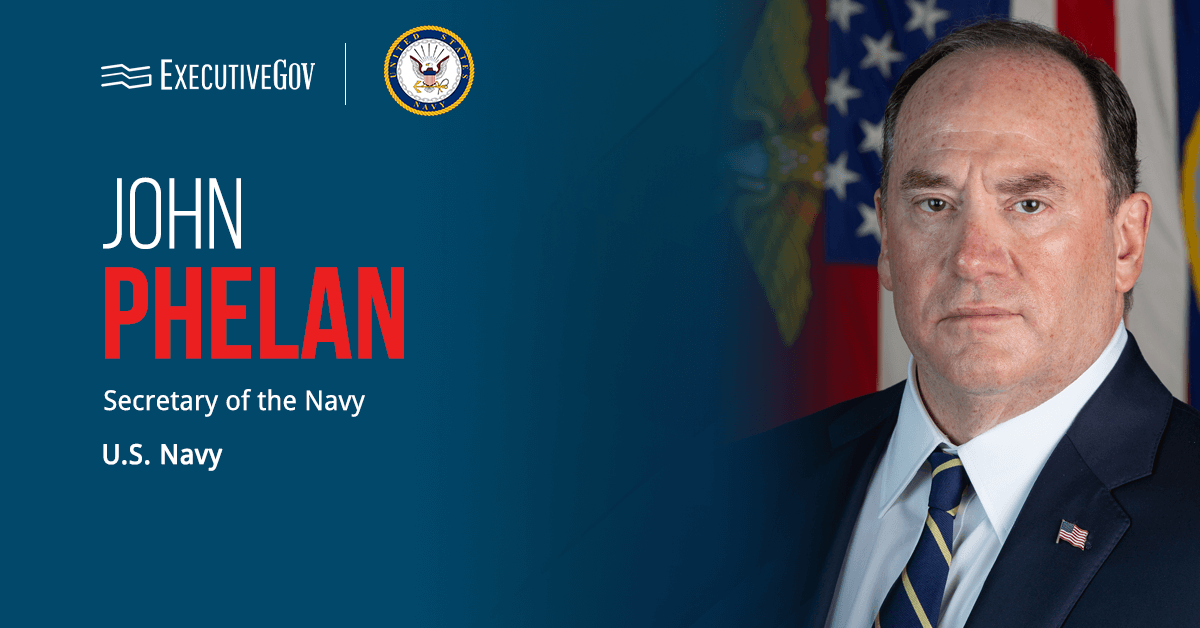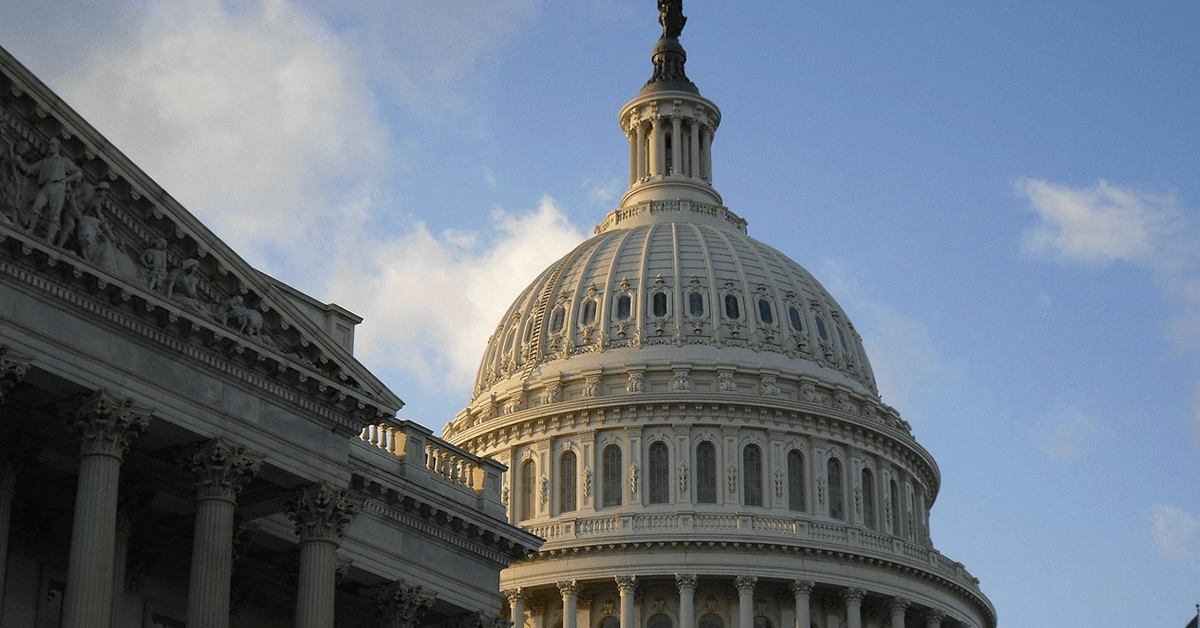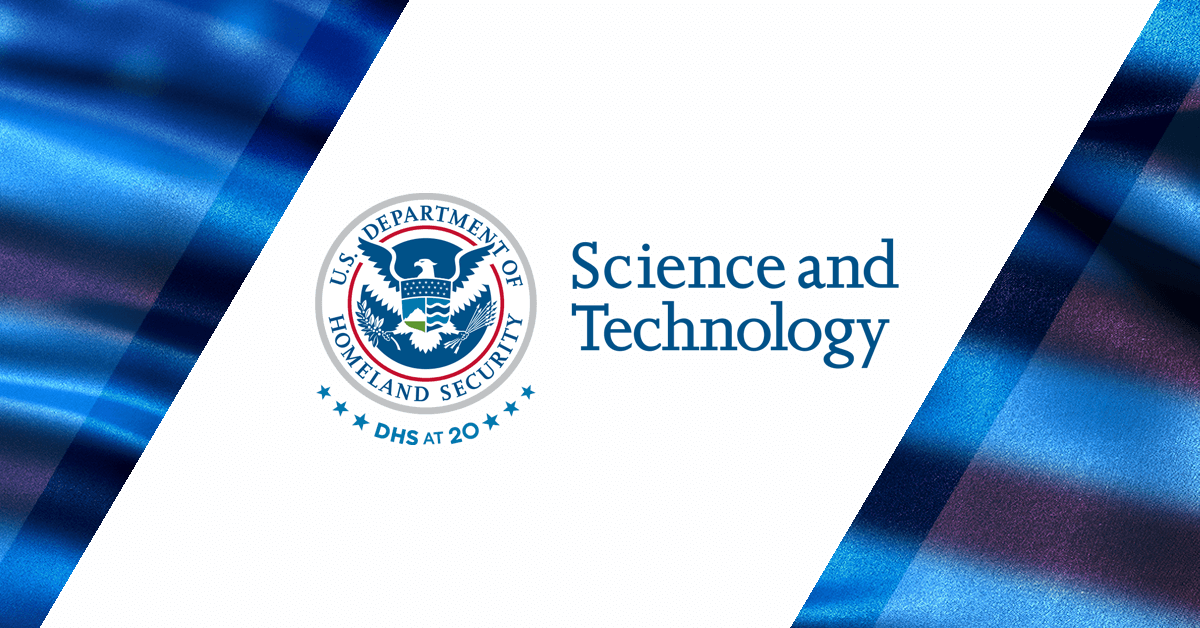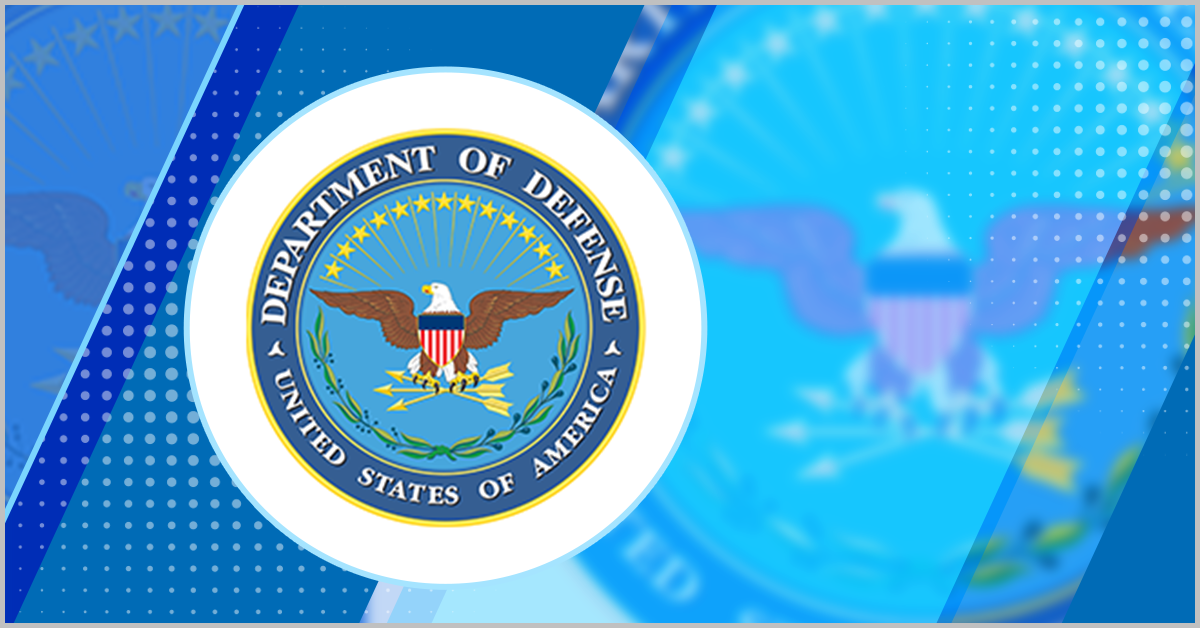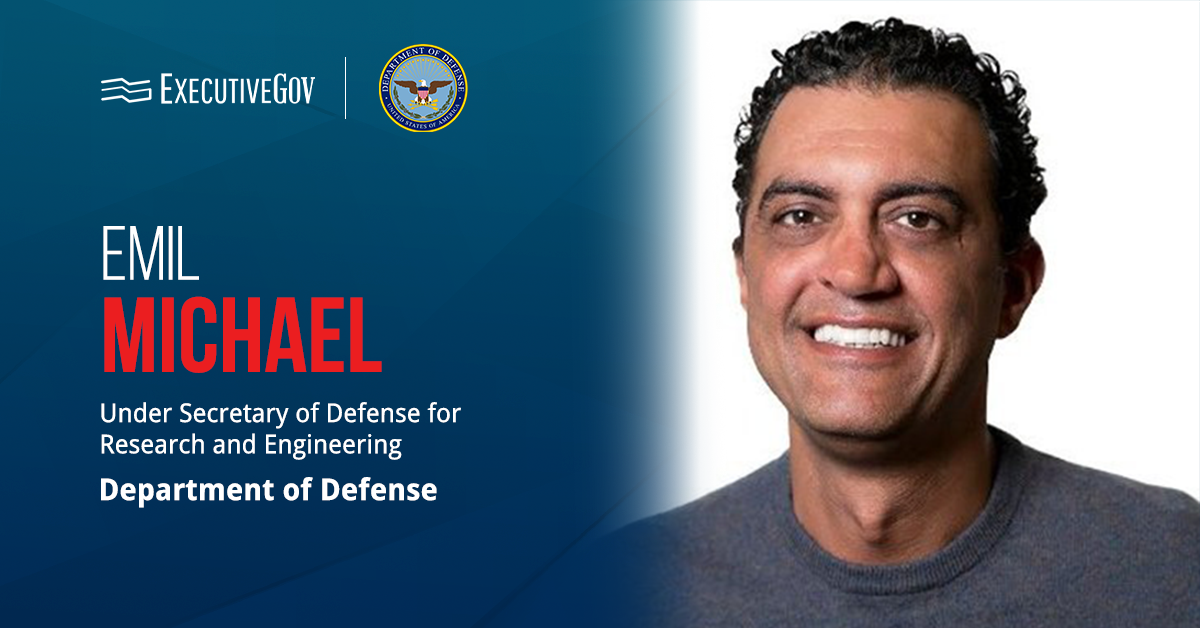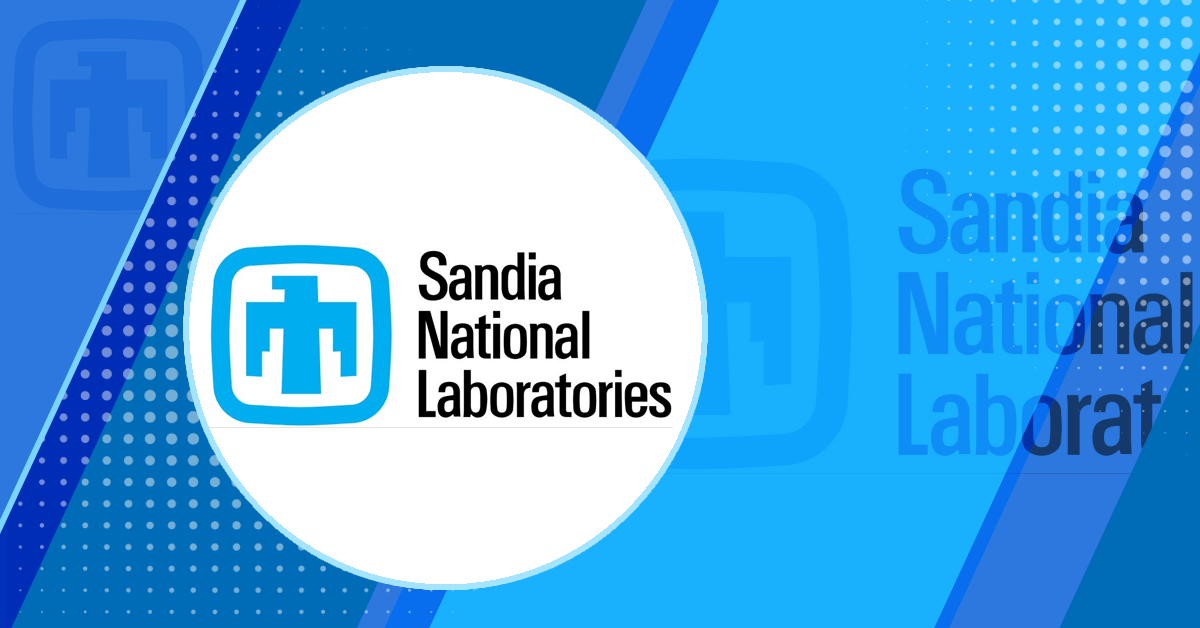The Department of Energy has changed the name of the Office of Technology Transitions to the Office of Technology Commercialization, or OTC, as part of a rebranding initiative that seeks to reinforce DOE’s commitment to linking public research and development to public sector application and economic impact.
“This renaming is a clear signal that the Department of Energy is prioritizing commercialization and increasing our focus on delivering results for the American people,” Anthony Pugliese, DOE chief commercialization officer and OTC director, said in a statement published Thursday.
What Is the DOE Office of Technology Commercialization’s Purpose?
OTC will serve as the department’s key resource for expediting the impact of federally funded innovation. It will help transition DOE-backed technologies into platforms that strengthen U.S. resilience and global competitiveness.
“The mission of this office is to ensure the American public sees real benefits from the science they fund—through new companies, jobs, and technologies that make energy more affordable, reliable and secure,” Pugliese noted.
OTC oversees several programs that support private sector partnerships, entrepreneurial training and early-stage development. These include the Technology Commercialization Fund, Energy I-Corps, EnergyTech University Prize and the Energy Program for Innovation Clusters.



